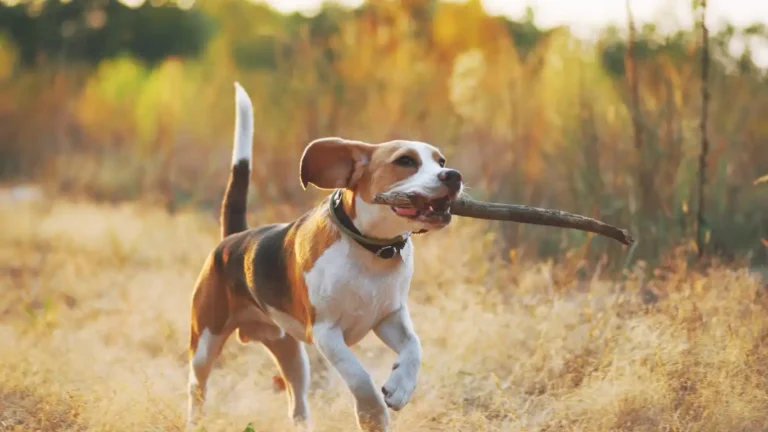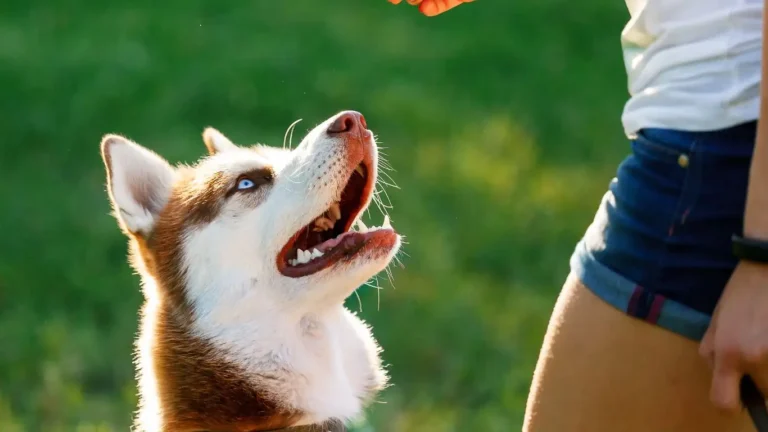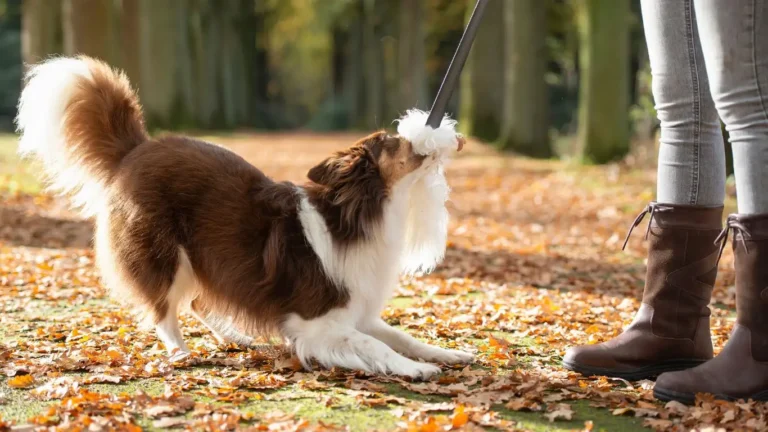How to Train a Dog to Stop Chasing Its Tail: Proven Strategies for Success
As a Certified Professional Dog Trainer (CPDT-KA), I’ve worked with countless dogs and their owners to address all kinds of behavior issues. One common concern I often hear is, “How to train a dog to stop chasing its tail?” It’s a behavior that can be both amusing and concerning. When a dog constantly chases its tail, it can lead to injury, frustration, or even social problems with other dogs. Whether it’s a sign of anxiety, boredom, or just a quirky habit, it’s something that can be managed with the right approach. In this post, I’ll walk you through some practical and effective methods to help you stop your dog from tail-chasing, based on years of experience and tried-and-true dog training techniques.
Why Do Dogs Chase Their Tails?
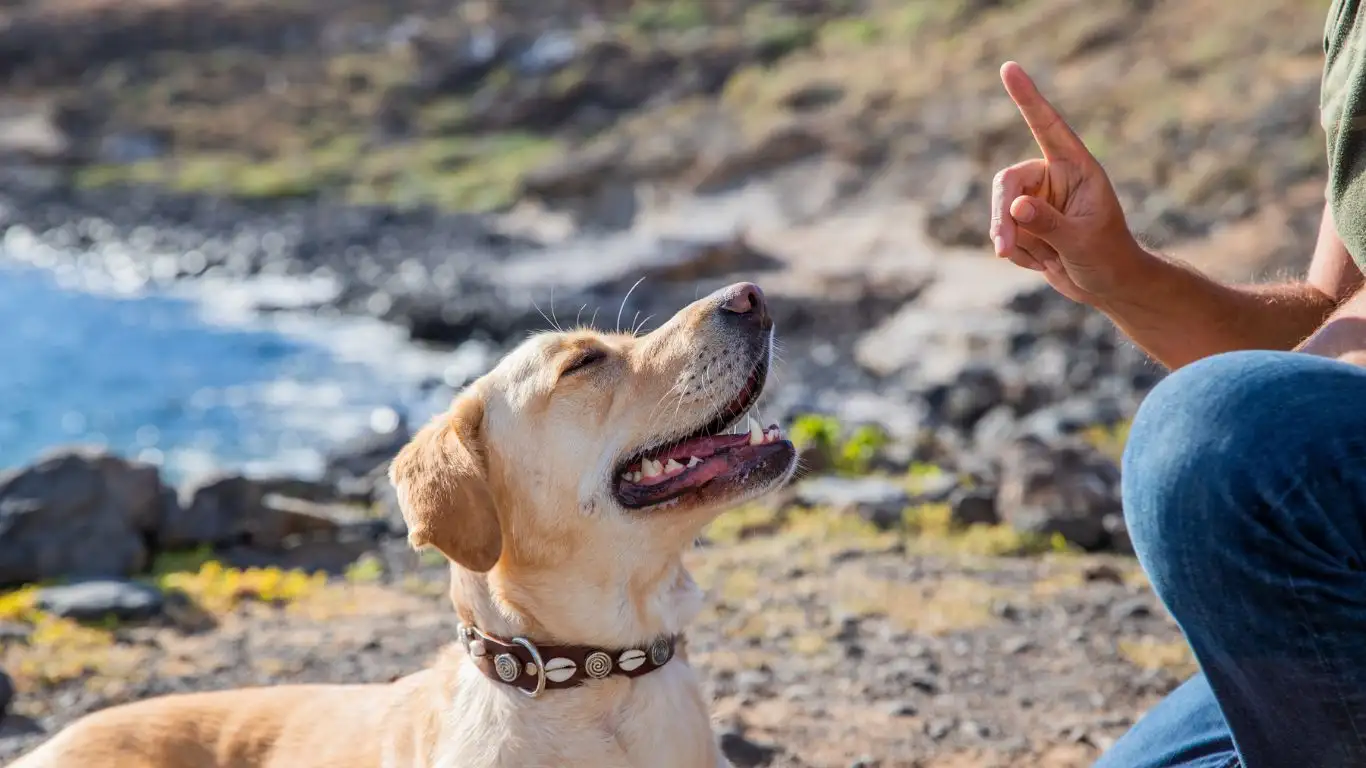
Before diving into training tips, it’s important to understand why your dog might be chasing its tail in the first place. Tail-chasing can happen for a variety of reasons, and figuring out the cause is key to addressing the behavior effectively. Here are a few common reasons why dogs may chase their tails:
- Playful behavior: For puppies, tail-chasing is often simply a fun game. They may not even realize that it’s a behavior that needs to stop.
- Excess energy: Dogs with too much pent-up energy might chase their tails as an outlet. Without sufficient mental and physical stimulation, tail-chasing becomes a repetitive action to pass the time.
- Anxiety or stress: Dogs who are anxious or stressed may chase their tails as a coping mechanism. It’s their way of self-soothing when they feel overwhelmed or unsure.
- Medical reasons: Sometimes, tail-chasing can be a sign of pain or discomfort, such as issues with the tail or anal glands. If your dog suddenly starts tail-chasing, it’s worth having them checked by a vet to rule out any health problems.
Identifying the Root Cause of Tail-Chasing
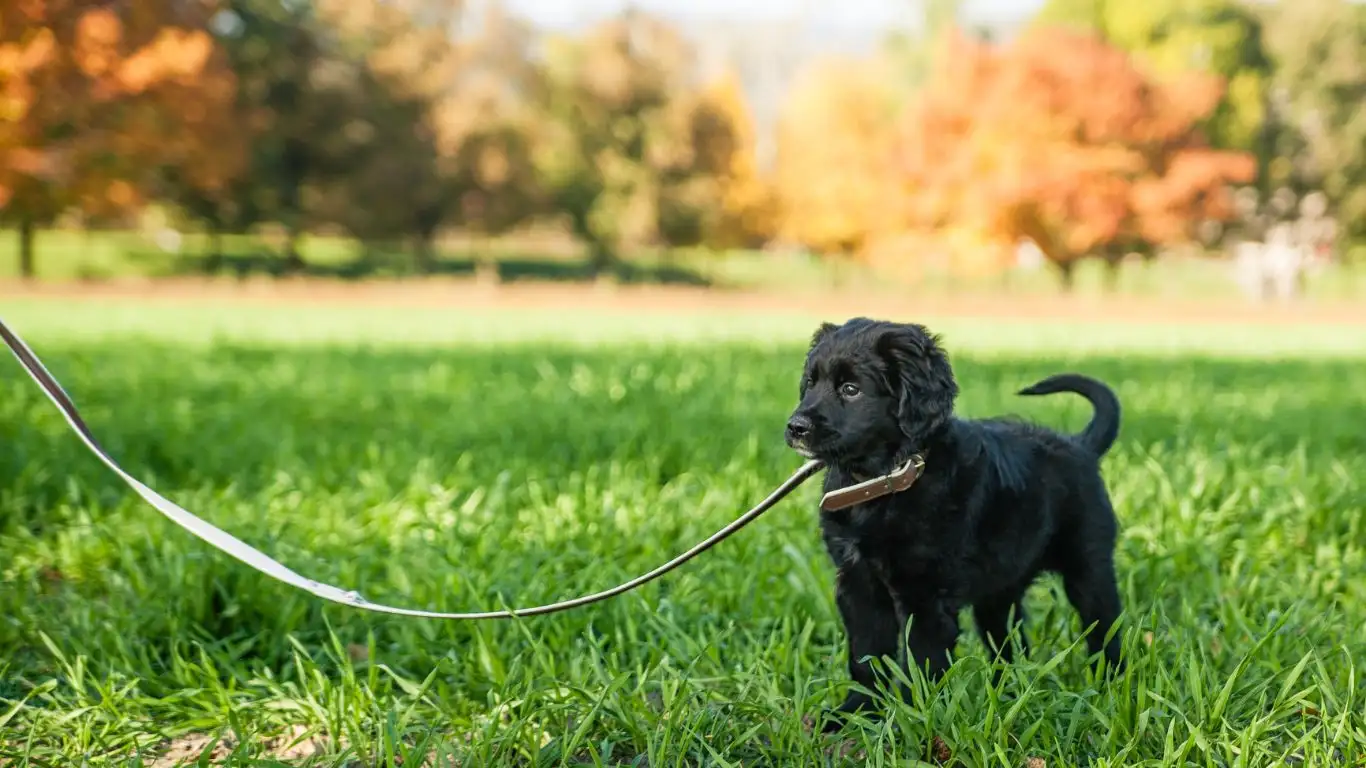
Before attempting to correct the behavior, it’s essential to understand the reason behind your dog’s tail-chasing. This will help you tailor your training and ensure that you address the root cause. For example, if your dog is simply playing, a different approach is needed than if the tail-chasing is linked to anxiety or a medical issue.
Observe Your Dog: Pay attention to when and where the behavior occurs. Is your dog chasing its tail in a specific environment or situation? Are there certain triggers, such as loud noises or separation from you, that seem to set off the behavior? This observation will help you get to the heart of the problem.
Consult Your Vet: If you’re unsure whether your dog’s tail-chasing is due to a medical issue, a trip to the vet is a good place to start. Conditions like fleas, skin irritation, or anal gland problems can cause discomfort, which might lead to tail-chasing. A clean bill of health will also help you focus on behavior-based solutions without the concern of underlying health problems.
How to Train a Dog to Stop Chasing Its Tail: Practical Tips

Once you’ve identified the cause of the behavior, it’s time to start training your dog to stop chasing its tail. Training a dog to stop tail-chasing can be challenging, but with patience, consistency, and the right techniques, you can help your dog break the habit.
1. Provide Plenty of Mental and Physical Stimulation
One of the most common reasons for tail-chasing is simply boredom or excess energy. If your dog isn’t getting enough physical exercise or mental stimulation, they may resort to tail-chasing as a way to entertain themselves. Start by increasing the amount of exercise your dog gets. Take longer walks, play fetch, or engage in other activities that tire them out physically.
Exercise Ideas:
- Interactive toys: Puzzle toys and treat-dispensing toys can keep your dog’s mind engaged while rewarding them with treats when they figure them out.
- Training sessions: Spend some time teaching your dog new commands or tricks. This provides mental stimulation and strengthens your bond with your pet.
- Socialization: If your dog enjoys being around other dogs, arrange playdates to give them the opportunity to engage in healthy social play.
2. Redirect the Behavior
If your dog starts chasing its tail, one of the easiest ways to stop them is by redirecting their attention to something else. Use a high-value treat or toy to distract them from the behavior. When they stop chasing their tail and focus on the treat or toy, reward them with praise and the treat. Over time, this will teach your dog that stopping tail-chasing leads to positive rewards.
How to Redirect:
- When your dog starts to chase their tail, immediately get their attention with a toy or treat.
- Encourage them to focus on the toy or treat by moving it around or tossing it slightly out of reach.
- As soon as they stop tail-chasing and engage with the new focus, praise them enthusiastically and give them the treat.
3. Teach a New, Positive Habit
Another effective way to stop tail-chasing is by teaching your dog a new behavior to replace the tail-chasing. For example, you can teach them to “sit” or “lie down” when they feel the urge to chase their tail. This gives your dog an alternative behavior to perform instead of chasing their tail and redirects their focus in a positive direction.
Steps to Teach a New Behavior:
- Start by rewarding your dog for sitting or lying down when they’re not chasing their tail.
- Gradually ask your dog to do these behaviors in situations where they typically chase their tail.
- Always reward and praise them when they follow through with the new behavior.
4. Address Any Underlying Anxiety or Stress

If your dog’s tail-chasing seems to be a response to anxiety or stress, it’s crucial to address the root cause of the emotional discomfort. Dogs that are stressed may chase their tails as a coping mechanism. Common triggers for anxiety in dogs include separation from their owners, changes in their environment, loud noises, or even lack of a routine. Fortunately, there are ways to help your dog manage stress and reduce tail-chasing behavior.
Recognizing the Signs of Anxiety
As a dog trainer, one of the first things I do when I’m asked how to train a dog to stop chasing its tail is to assess the dog’s emotional state. Anxiety in dogs can present in many forms. You might notice signs such as excessive barking, pacing, drooling, trembling, or destructive behaviors like chewing or digging. If tail-chasing is accompanied by these signs, there’s a good chance that anxiety is at play.
Strategies to Address Anxiety:
- Routine and consistency: Dogs thrive on routine, so make sure you provide consistent feeding, exercise, and playtime schedules. Predictability helps reduce anxiety in many dogs.
- Safe space: Create a calm, quiet area where your dog can retreat when feeling overwhelmed. This could be a crate, a cozy bed in a quiet room, or a designated corner of your home.
- Desensitization: If your dog’s anxiety is triggered by specific noises or events (like thunderstorms), you can gradually desensitize them by exposing them to those stimuli at low levels, rewarding calm behavior along the way.
5. Using Positive Reinforcement Techniques
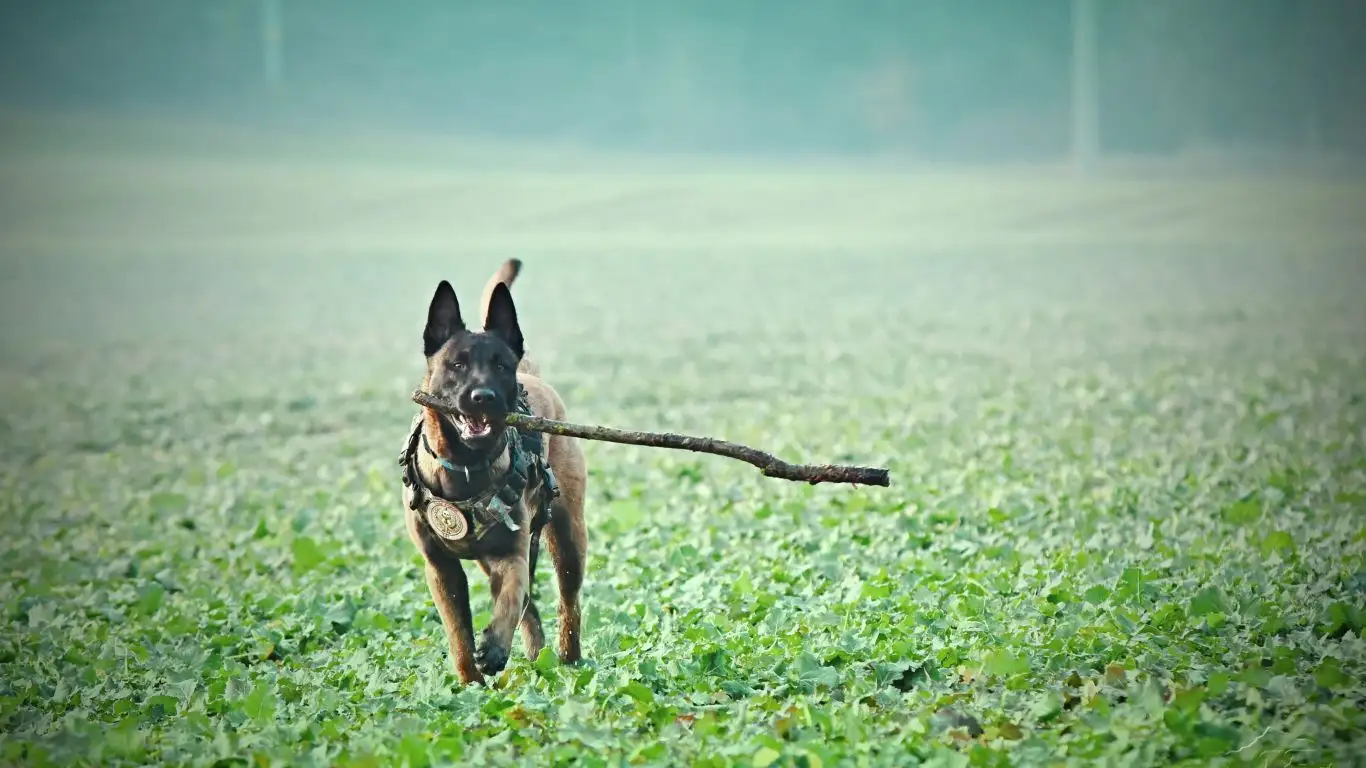
When training a dog to stop chasing its tail, positive reinforcement is one of the most effective methods. Rather than punishing the unwanted behavior, we focus on rewarding the behavior we want to see. This helps the dog understand what is expected of them and reinforces the desired actions over time.
Why Positive Reinforcement Works
Positive reinforcement works because dogs are motivated by rewards. Whether it’s a tasty treat, a favorite toy, or your praise and affection, the goal is to make the desired behavior more appealing than the behavior you want to change. When you reward your dog for stopping tail-chasing and engaging in a more appropriate behavior, such as sitting or focusing on you, they’ll start to associate that behavior with something positive.
Tips for Effective Positive Reinforcement:
- Timing is key: To be effective, you need to reward your dog immediately after they stop chasing their tail. This helps them make the connection between the behavior and the reward.
- Use high-value rewards: If your dog is particularly stubborn, you may need to use extra-tasty treats or their favorite toy to get their attention. This can make the reward more motivating.
- Consistency is crucial: Make sure to consistently reward the desired behavior. Over time, this will reinforce the new habit and reduce the frequency of tail-chasing.
6. Managing Your Dog’s Environment
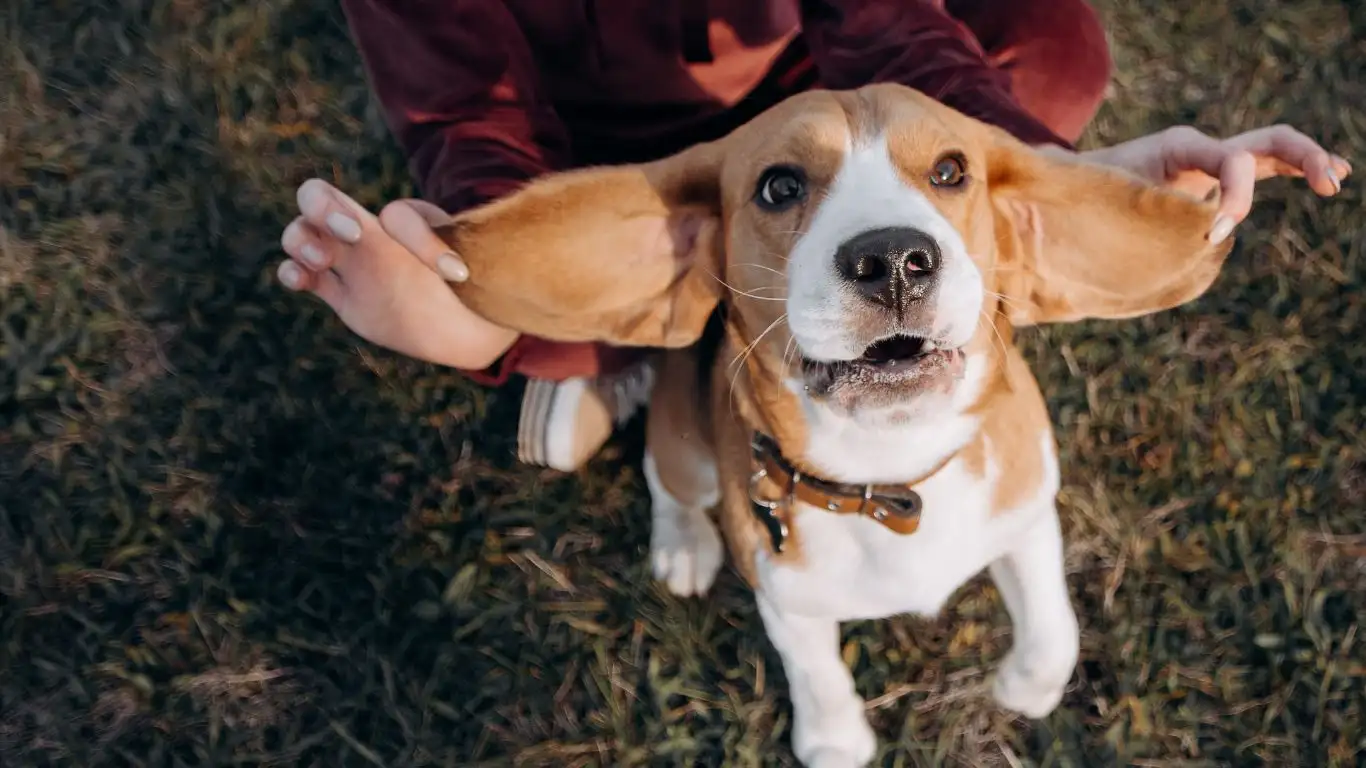
Another important aspect of training your dog to stop chasing its tail is managing their environment. Sometimes, dogs chase their tails because they’re bored, frustrated, or overstimulated by their surroundings. By making a few changes to their environment, you can reduce the chances of your dog engaging in this behavior.
Creating an Enriching Environment
A stimulating environment helps keep your dog’s mind busy and reduces the likelihood of undesirable behaviors like tail-chasing. Start by providing a variety of toys and activities that engage both their mind and body. For instance, rotating toys to keep things fresh and exciting can help prevent boredom. If your dog loves puzzle toys, these can keep them occupied and mentally engaged for hours.
How to Create an Engaging Environment:
- Interactive play: Play games like fetch, tug-of-war, or hide-and-seek to get your dog moving and thinking.
- Explore new locations: Take your dog to new parks or places where they can experience different sights, sounds, and smells. A change of scenery can be mentally stimulating and prevent the monotony that leads to behaviors like tail-chasing.
- Teach new tricks: Keeping your dog mentally challenged by teaching them new skills can also help distract them from chasing their tail. Plus, learning something new is a great way to bond!
Limiting Stressors and Triggers
Sometimes, your dog may chase their tail because of specific triggers or stressors in their environment. Loud noises, too much stimulation, or even conflict with other pets can lead to anxiety, causing your dog to engage in repetitive behaviors like tail-chasing. Limiting exposure to these triggers can help reduce stress and prevent your dog from resorting to this behavior.
How to Limit Stressors:
- Safe space: As mentioned earlier, make sure your dog has a quiet, comfortable space they can retreat to when things get overwhelming.
- Reduce overstimulation: If your dog is overstimulated by too much activity, try to create calm moments in their day by offering quiet time and rest.
- Manage conflicts: If your dog has issues with other pets, consider separating them when needed to prevent stress or frustration from escalating into unwanted behaviors.
7. Training with Redirection and Distraction

In the final stages of training your dog to stop chasing its tail, one effective strategy is to incorporate redirection and distraction techniques. In my experience, this method works particularly well when the dog is fixated on chasing its tail, and you need to snap their focus back to something more constructive.
Why Redirection Is Key
Redirection involves interrupting the behavior as soon as it begins and redirecting the dog’s attention to something else. Whether it’s a toy, a command, or a game, you want to offer an alternative that excites your dog and takes them away from tail-chasing. The goal is to break the cycle and give them something new and engaging to do, which will soon become their preferred behavior.
How to Effectively Redirect Your Dog:
- Use a favorite toy or treat: As soon as you notice your dog starting to chase its tail, get their attention with something they love—a squeaky toy, a tug rope, or their favorite treat.
- Get active: Engage your dog in a fun game of fetch or tug-of-war. Physical activity helps to use up the energy that might otherwise go into chasing their tail.
- Incorporate new commands: Ask your dog to perform a command they already know, like “sit” or “stay,” to shift their focus away from the tail-chasing behavior.
8. Be Patient and Consistent with Training
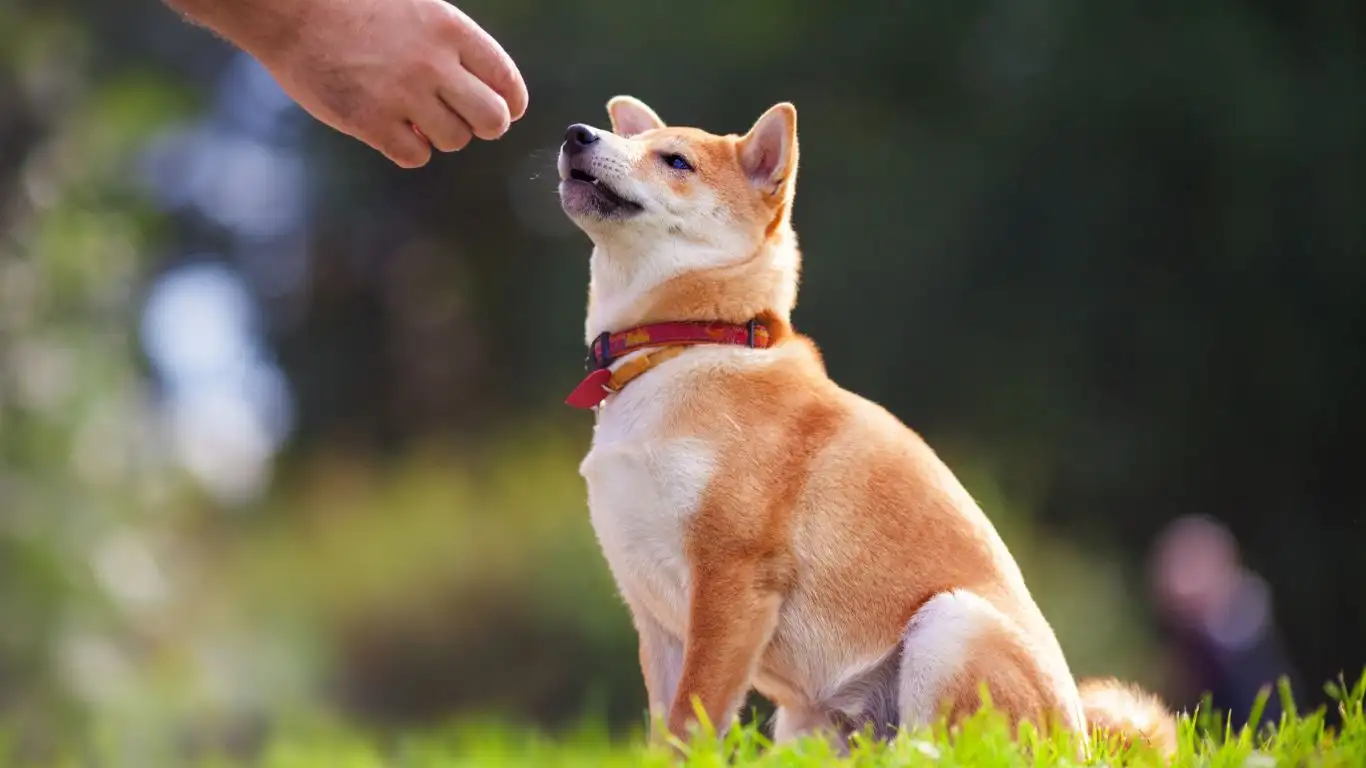
One thing I always tell my clients is that consistency and patience are crucial when it comes to dog training. Tail-chasing is a behavior that won’t disappear overnight. It requires time, persistence, and continuous effort. Don’t be discouraged if progress seems slow at times. Every step forward is a victory, and with enough repetition, your dog will learn that tail-chasing is no longer a rewarding behavior.
Staying Consistent in Your Approach
Consistency is key because dogs thrive on repetition and routine. If one day you allow your dog to chase its tail but then try to stop it the next, this inconsistency can confuse them. To avoid confusion, it’s important that everyone in your household follows the same training techniques and routines. This helps your dog understand what’s expected of them and what they should avoid.
Tips for Staying Consistent:
- Keep training sessions short and frequent: Dogs, especially young ones, can have short attention spans. Keep training sessions around 5-10 minutes, but make them a regular part of your dog’s daily routine.
- Reinforce the behavior consistently: Every time your dog stops chasing its tail and focuses on something else, reward them. Over time, this will help reinforce the new, more desirable behaviors.
- Set realistic expectations: Understand that breaking a habit takes time, especially if it’s something your dog has been doing for a while. Be patient and celebrate small victories along the way.
9. Seek Professional Help If Needed
Sometimes, despite your best efforts, the behavior persists. If you’re finding it difficult to stop your dog from chasing its tail or if the behavior is becoming more frequent and intense, it might be time to consult with a professional dog trainer or behaviorist. A professional can offer personalized guidance and additional strategies tailored to your dog’s unique needs.
When to Seek Help:
- If the behavior is escalating: If your dog is chasing its tail more frequently, it could be a sign that the behavior is becoming more ingrained, or that an underlying issue needs to be addressed.
- If the behavior is causing injury: If your dog has started injuring themselves by chasing their tail too aggressively, it’s time to take action.
- If the behavior is accompanied by other signs of distress: If the tail-chasing is linked with excessive anxiety, fear, or aggression, a professional can help you work through these deeper issues.
Remember, professional trainers can work with you to identify the cause of the behavior, provide advanced training techniques, and help both you and your dog get back on track.
10. Conclusion: Staying Committed to Your Dog’s Well-being
Training your dog to stop chasing its tail is a process that takes time, understanding, and patience. Every dog is different, and what works for one might not work for another. The key is to remain consistent, provide ample stimulation, and address any underlying issues that might be contributing to the behavior.
As a certified professional dog trainer, I’ve seen many dogs overcome this behavior with the right tools, training, and support. If you’re committed to helping your dog, they will eventually learn healthier, more positive ways to cope with boredom, stress, or energy. It’s all about building that strong bond with your dog, and creating a positive, rewarding environment that makes tail-chasing a thing of the past.
If you’re looking for more tips on training or other behavior-related concerns, feel free to check out additional resources on my website or book a session with me to help guide you through the process. Together, we can help your dog become the best version of themselves.
Disclaimer: The information in this article is based on my personal experience as a Certified Professional Dog Trainer (CPDT-KA) and is for informational purposes only. If you suspect that your dog’s tail-chasing is due to a medical issue, please consult with a veterinarian. For complex behavioral issues, seeking professional training assistance is always recommended.
